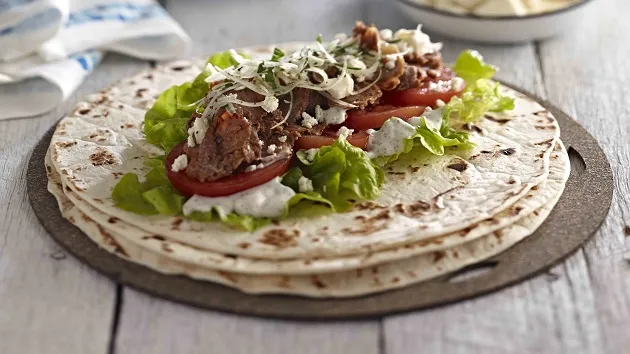
Why Fast Food Brands Are Putting On Fancier Fare
Fast food has long been the go-to choice for customers craving for cheaper fare served in a quick manner, but the price and quality ceiling in this restaurant category appears to be rising with greater demand for premium options.
“Demand for premium products has been steadily increasing,” says Alan Holmes, operations manager at Ali Baba.
Holmes says Ali Baba, which operates more than 40 stores in Australia, has been catering to this demand by using fresh products such as bread, salad and sauces prepared onsite. The Middle Eastern fast food brand also sources only premium cut Australian meat for its fare.
But in order to integrate more premium items in their menu without hurting their core products and profits, fast food brands must consider which ones will sell well and how to integrate them into the supply chain.
It becomes tricky for brands when the definition of “premium” is in flux, making it risky to include items that turn out to be fads or duds.
“One of the biggest challenges now is determining what is still premium versus the expected standard,” says Andrew Benefield, CEO at Mrs. Fields. “Wagyu Beef is a great example of a premium product that is becoming more mainstream.”
Benefield also reckons it can be a pain to get premium items through the supply line. When the chain operation is geared towards efficient and relatively low cost supply line that relies on longer shelf life and frozen products, there could be some conflict with adding premium items, which are often fresher and thus more difficult and more costly to source.
In the case of Mrs. Fields, Benefield says they have seen a higher demand for creatively presented products often with fancy decorations or liquid toppings. The snack food brand is responding with a new line of liquid-filled muffins that come with a syringe for the customer to finish the filling.
Benefield acknowledges that such creative presentations and custom snack experiences puts pressure on requirements for unique or different packaging, which can be difficult to source quickly and in relatively low volumes, but it seems the brand has figured out the math to make it work.























